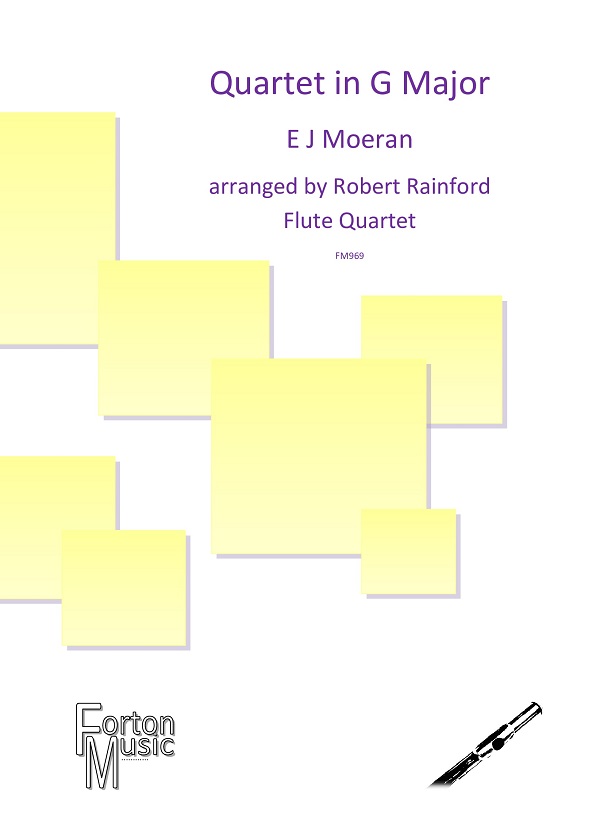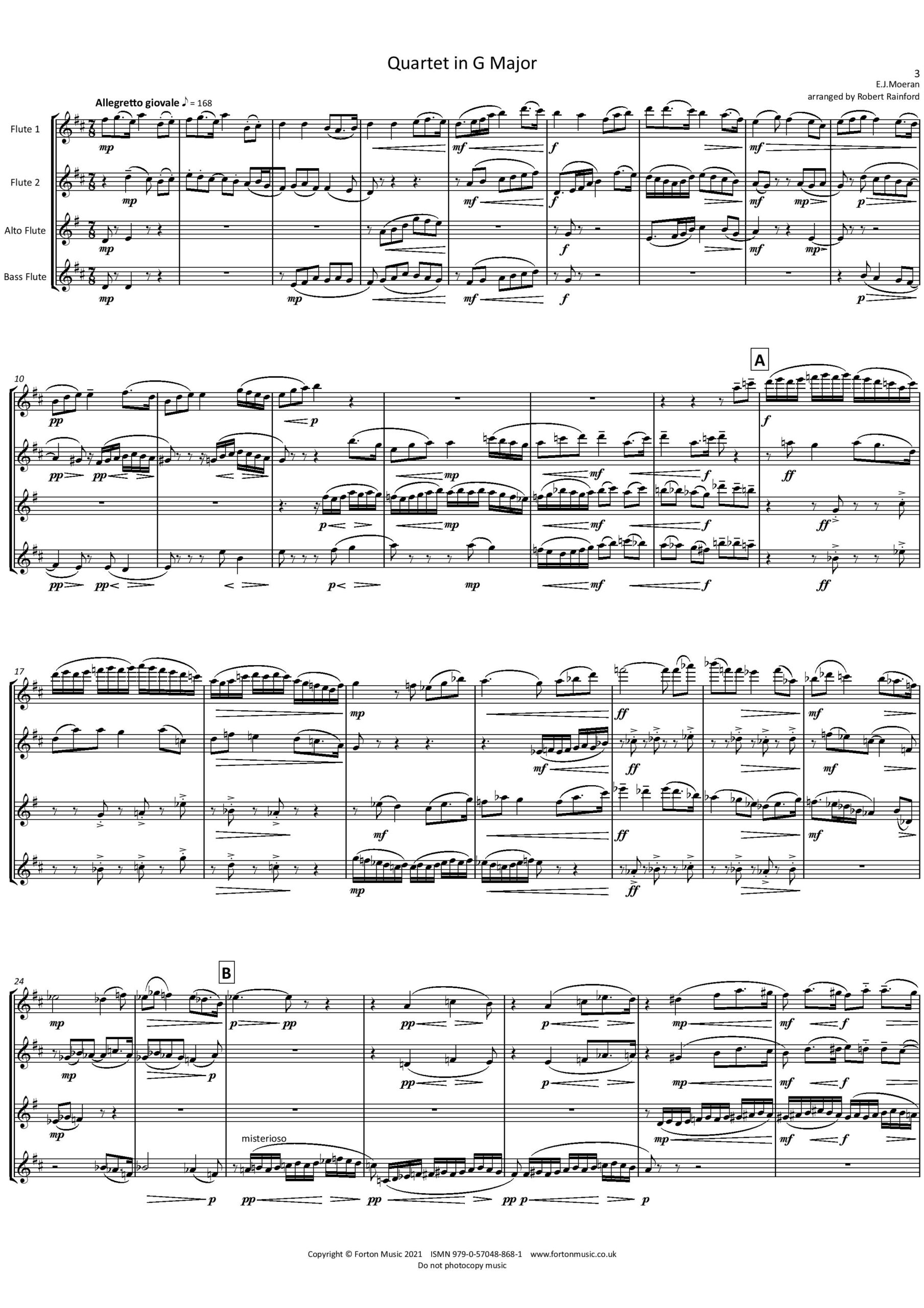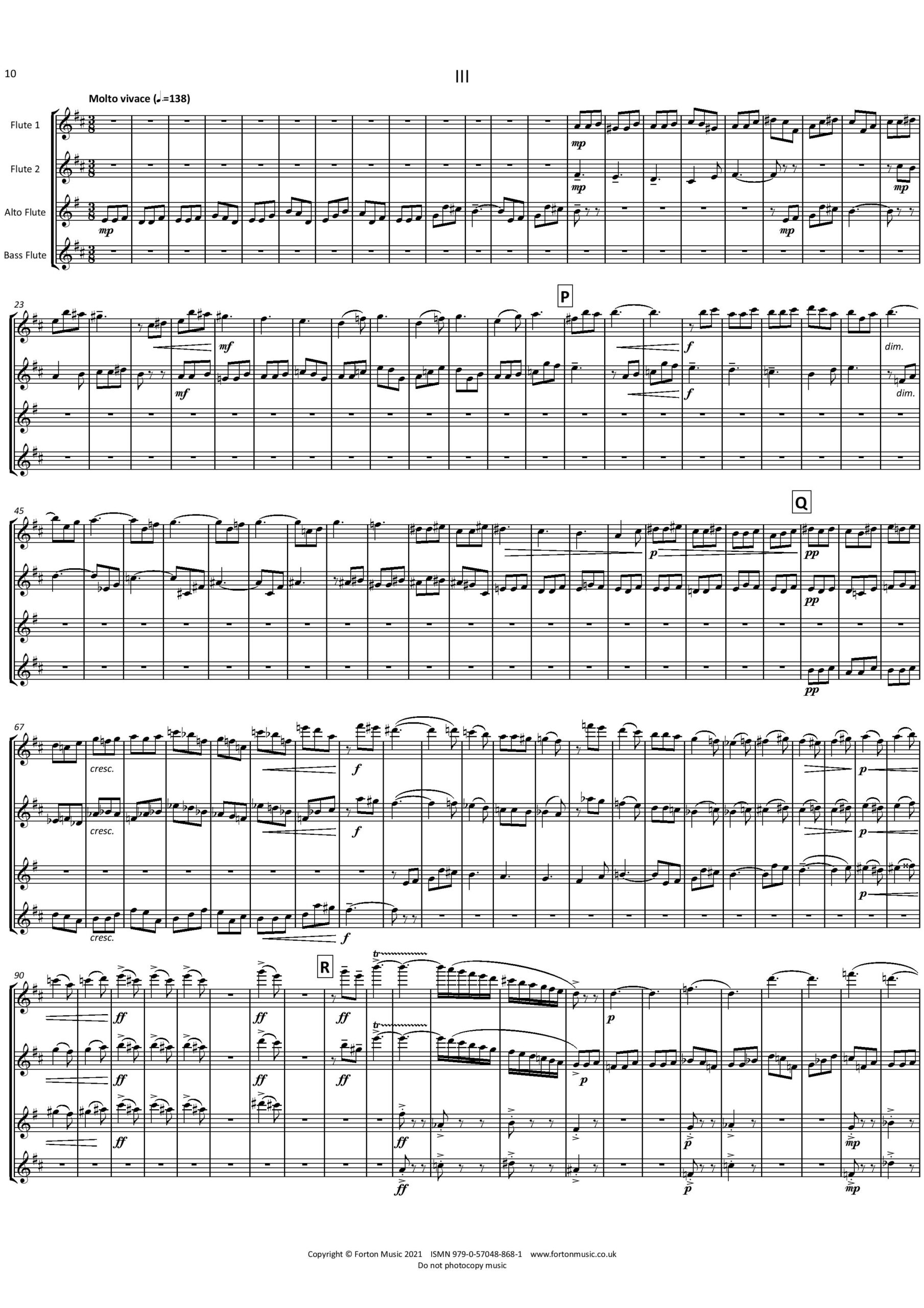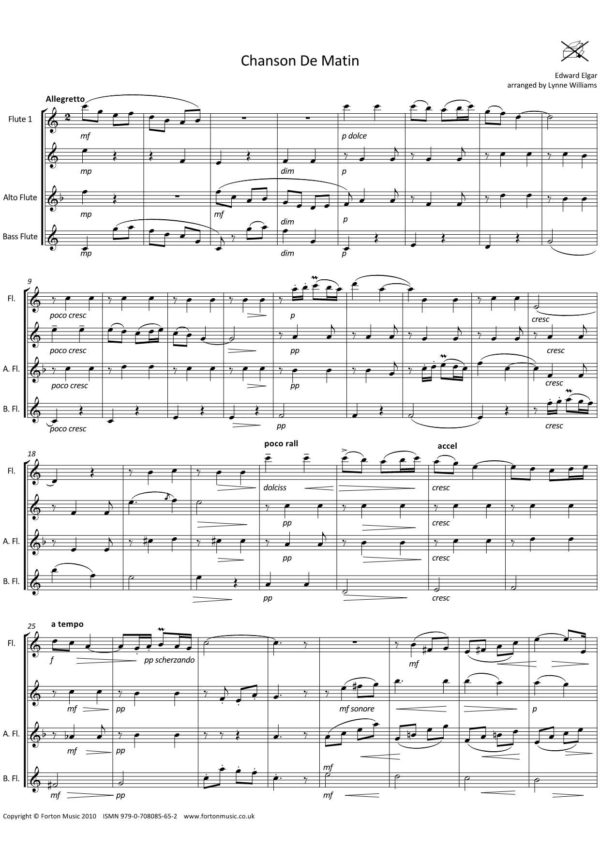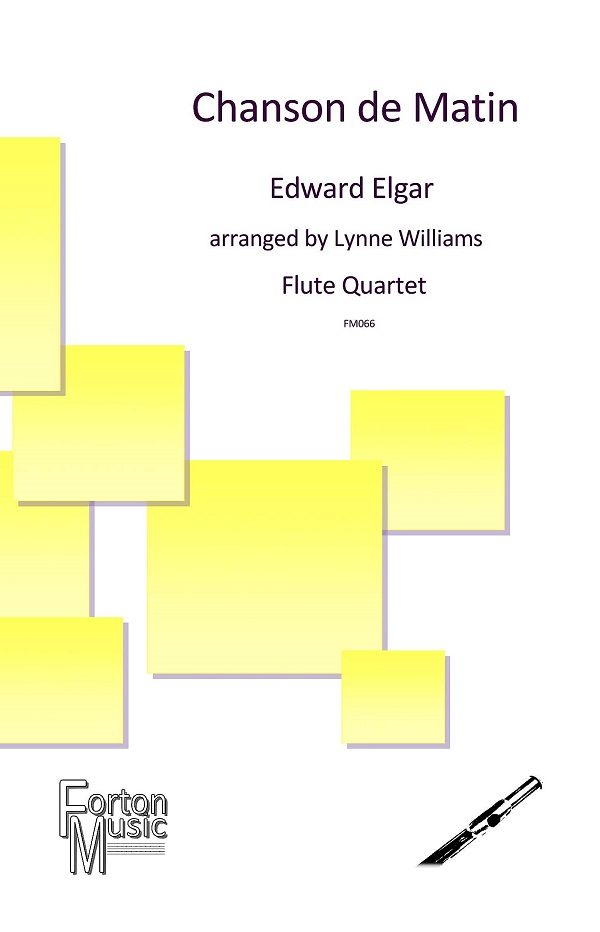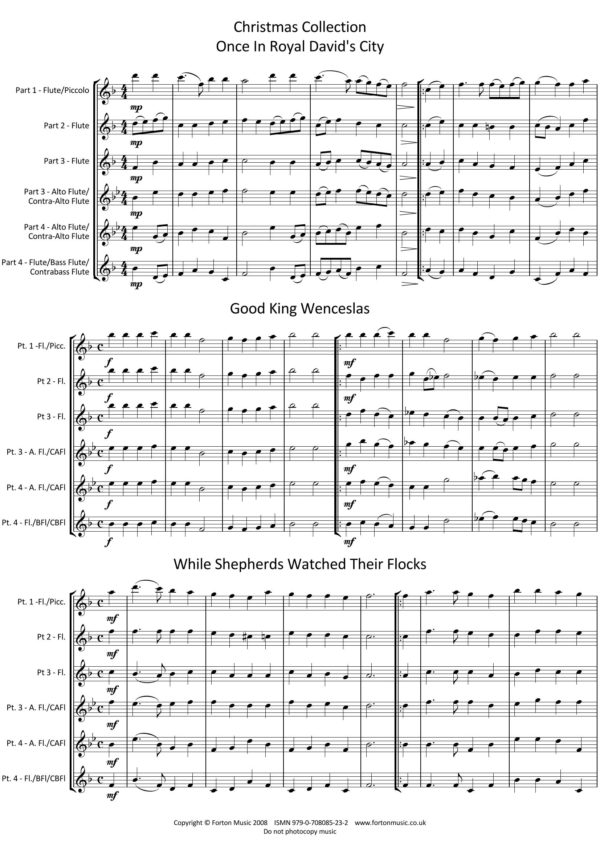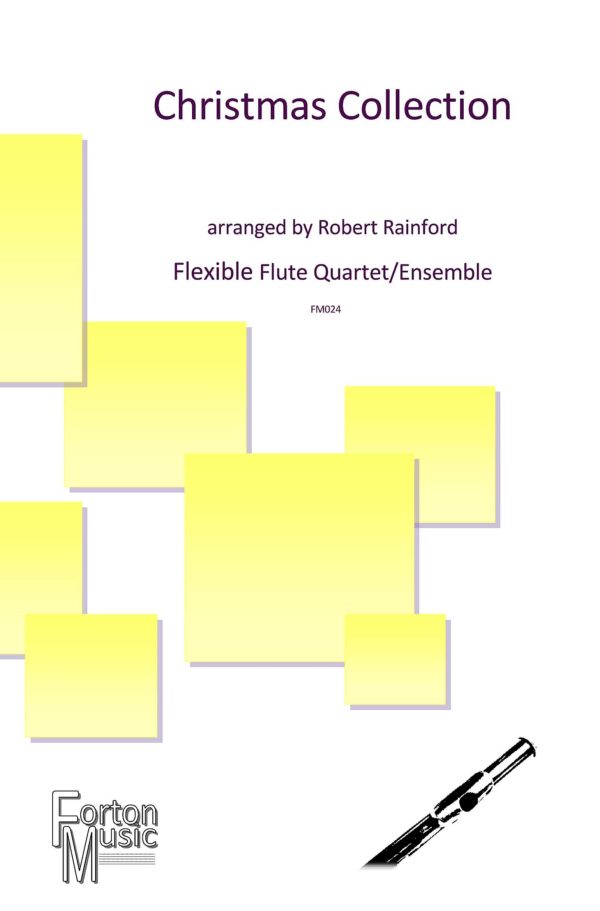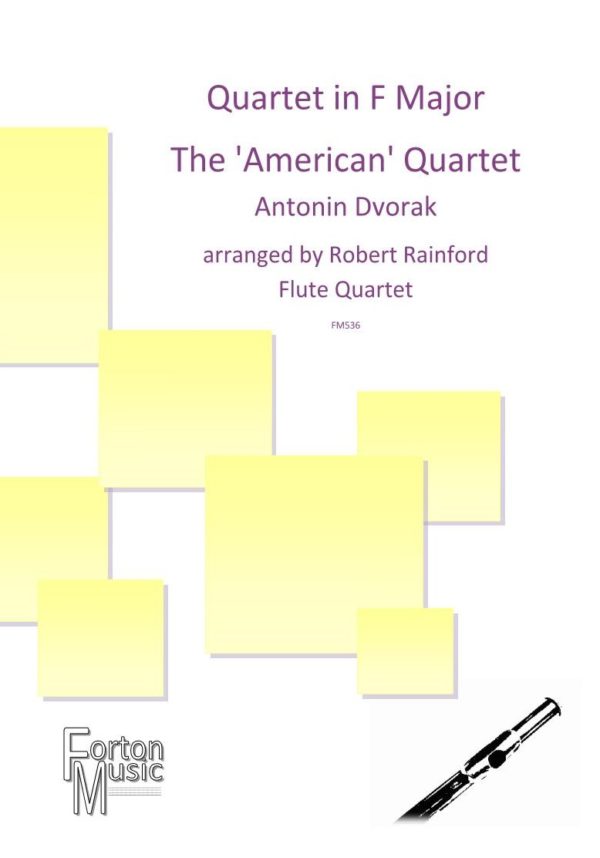Click the links below to see and hear each movement.
Quartet in G Major
£16.50 – £22.00
Description
Ernest John Smeed Moeran (31 December 1894 – 1 December 1950) was an English composer of part-Irish extraction, whose work was strongly influenced by English and Irish folk music of which he was an assiduous collector. His output includes orchestral pieces, concertos, chamber and keyboard works, and a number of choral and song cycles as well as individual songs. The son of a clergyman, Moeran studied at the Royal College of Music under Charles Villiers Stanford before service in the army during the First World War, in which he was wounded. After the war he was a pupil of John Ireland, and quickly established a reputation as a composer of promise with a number of well-received works. From 1925 to 1928 he shared a cottage with the composer Peter Warlock; the bohemian lifestyle and heavy drinking during this period interrupted his creativity for a while, and sowed the seeds of the alcoholism that would blight his later life. He resumed composing in the 1930s, and re-established his reputation with a series of major works, including a symphony and a violin concerto. From 1934 onwards he spent much of his time in Ireland, mainly in the coastal town of Kenmare. In 1945 Moeran married the cellist Peers Coetmore, and for her he composed several works for cello. The marriage was not destined to last, and Moeran’s final years were lonely. He died at Kenmare on 1 December 1950, having fallen into the water after suffering a cerebral haemorrhage.
The String Trio of 1931 is very much a pivotal work in Moeran’s output and marks the first moves from his early to his mature style, leaving behind the Delius influences which were apparent in much of his 1920’s output. This was the first piece completed after the death of Moeran’s close friend, composer Peter Warlock, and the air of morbid gloom which pervades the central movements of the trio appears to be a reaction to Warlock’s suicide. However he pulls out of this into a wonderful whirling jig to end with real verve and flourish. The first movement shows Moeran’s love of folksong, with ever changing divisions of a 7/8 time signature that still have a timeless melodic feel. Originally composed for string trio, this new arrangement for flute quartet gives the composer a new audience.
Additional information
| composer | |
|---|---|
| arranger | Robert Rainford |
| instrumentation | |
| Select an Option | |
| skill-level |

